Welcome back, first-name!
Here are the latest updates
Dr. Emil, CEO of Tomorrow Bio, explains why cryogenic revival isn't yet possible. He covers critical issues like cooling and warming challenges, cellular damage, and medical obstacles, offering clear insights into this complex topic.




In this video, Dr. Emil Kendziorra explains why cryonics is ethical.




In this video, Tomorrow Bio breaks down the cost of cryonics (or cryopreserving your body) and what you get for your money.




An in-depth look at cryonics’ history, science and ethics—arguing that low-temperature preservation of humans is a logical, experimental ‘parachute’ against inevitable death. By Tim Urban.



A thought-provoking guide to modern cryonics that explores the science behind preservation, the philosophy of identity, and bold theories on future revival, offering both clarity and hope to those considering life beyond clinical death.


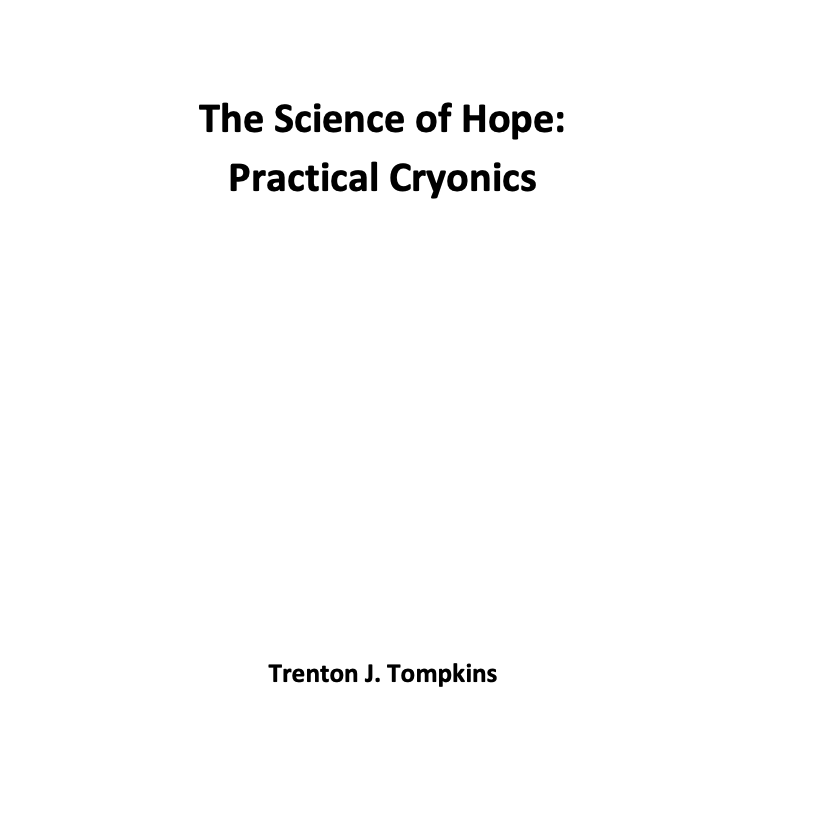
Ebook written by Aschwin de Wolf and Charles Platt describing basic principles of how human cryopreservation works in practice.


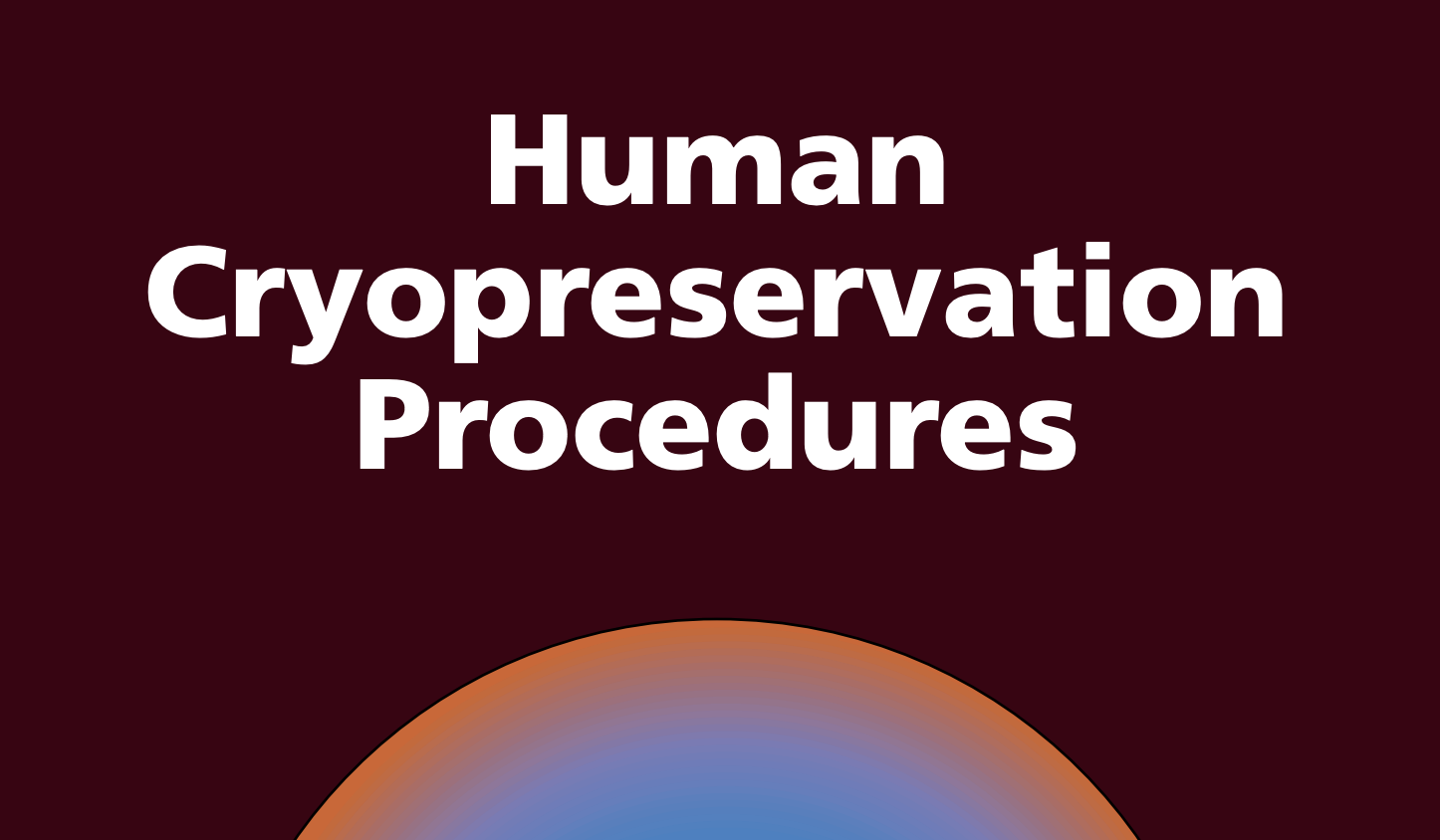
Book written by Robert A. Freitas Jr about the recovery of cryonics patients through nanomedicine.


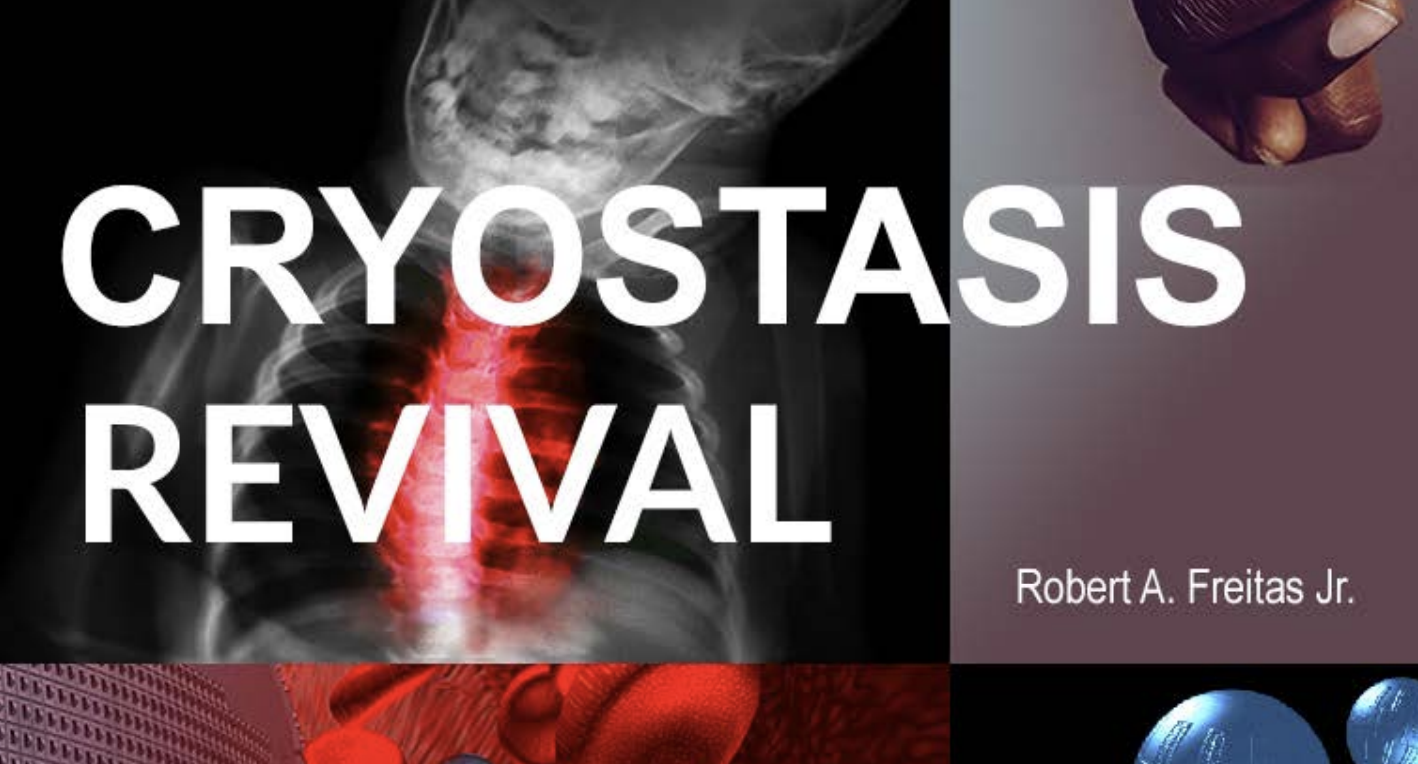
Aldehyde-stabilized cryopreservation

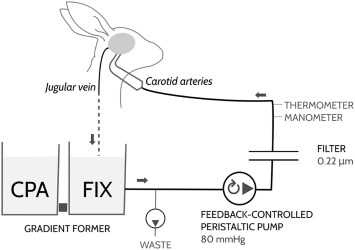
Persistence of Long-Term Memory in Vitrified and Revived Caenorhabditis elegans

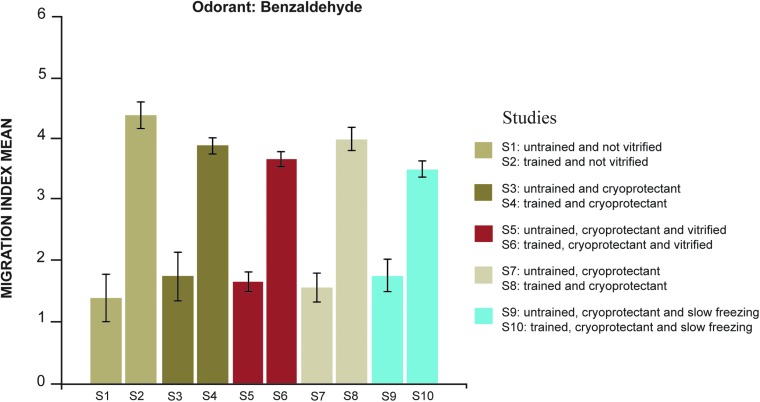
Coming soon...
No action is required.


.png)
.png)